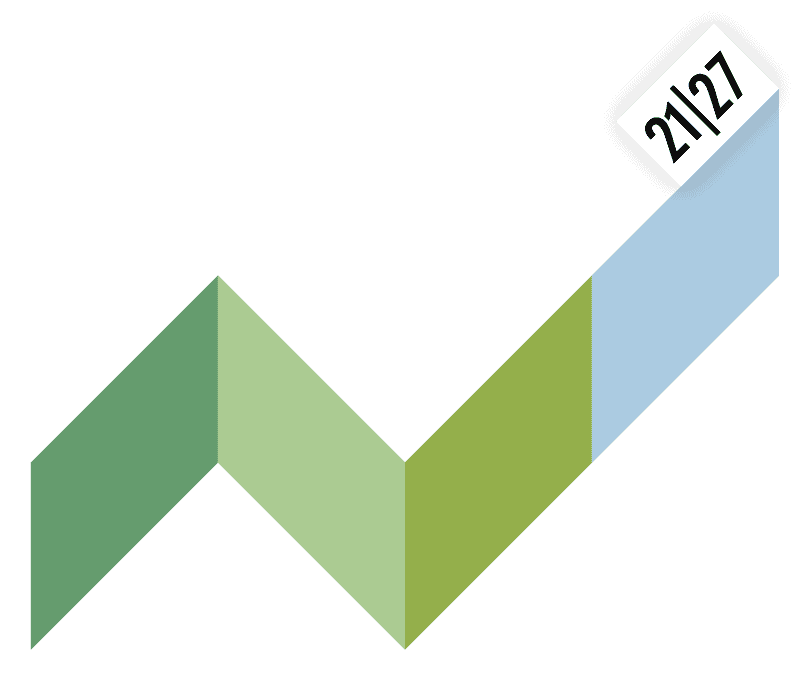In a world increasingly dominated by eco-conscious consumers, the packaging industry finds itself at a crucial crossroads. The Cradle-ALP project aims to guide small and medium-sized enterprises (SMEs) in the paper and plastics packaging sectors towards a sustainable future. THIS AMBITIOUS ROADMAP not only envisions a greener planet but also promises significant benefits for businesses ready to embrace change.
A New Dawn for Packaging
Packaging is omnipresent in our lives, yet its environmental footprint is staggering. Every year, the EU generates an estimated 188.7 kg of packaging waste per inhabitant, with paper and cardboard constituting 40.3 % and plastics 19.0 % of this total. This staggering amount of waste underscores the urgent need for transformation within the packaging sector.
Traditional packaging methods, rooted in a “cradle-to-grave” mindset, are no longer tenable. These methods often result in packaging ending up as waste in landfills, losing their material value and contributing to environmental degradation. In contrast, the cradle-to-cradle (C2C) approach, pioneered by architect William McDonough and chemist Michael Braungart, offers a revolutionary alternative. This approach envisions packaging designed as either technical nutrients that can be reused indefinitely or biological nutrients that safely decompose and enrich the environment.
Why This Transformation Matters for SMEs
For SMEs, the journey towards sustainability is not merely a moral imperative; it’s a strategic advantage. The Cradle-ALP roadmap offers a treasure trove of benefits. The most important one for most companies is the significant cost savings to be achieved. By optimizing materials and processes, SMEs can substantially lower production costs. Improved recycling and waste management practices are fundamental to this transformation, leading to more efficient and cost-effective operations. Market differentiation is also a tangible benefit. As consumers increasingly prioritize environmentally friendly products, companies that adopt green practices can stand out in a crowded market. This differentiation not only attracts customers but also fosters loyalty among them. This forward-thinking approach ensures that SMEs are always ahead of the curve, ready to meet new legal requirements and embrace new technologies and business models that spur innovation and growth. The Cradle-ALP roadmap encourages SMEs to explore and adopt these advancements, opening up new revenue streams and opportunities for business expansion.
The Cradle-ALP Packaging Roadmap
The Cradle-ALP packaging roadmap sets ambitious targets for the sector, with the primary objective being the transition to circular economy practices by 2035. This involves not only technological advancements but also changes in business models and regulatory frameworks. The vision for the roadmap is clear: to help SMEs redesign their processes and products for positive social, economic, and environmental impact. Structured into short-term (2024-2025), mid-term (2026-2028), and long-term (2029-2033) goals, the roadmap covers technological advancements, business model innovations, and regulatory frameworks:
- Technology and Innovation
- Short-term (2024-2025): Focus on material assessment and optimization, supplier engagement, and enhancement of deinking and impurity removal technologies.
- Mid-term (2026-2028): Implement closed-loop systems, invest in recycling infrastructure, and explore innovative recycling technologies.
- Long-term (2029-2033): Integrate circular design principles and develop biodegradable and compostable packaging alternatives.
- Business Model Innovation
- Short-term (2024-2025): Train employees on circular economy principles, promote customer awareness, and redesign products for recyclability.
- Mid-term (2026-2028): Launch consumer education campaigns, implement labeling initiatives, and establish circular business models.
- Long-term (2029-2033): Advocate for extended producer responsibility (EPR) programs and foster industry-wide collaboration.
- Policy and Regulatory Frameworks
- Short-term (2024-2025): Obtain sustainability certifications and develop clear guidelines.
- Mid-term (2026-2028): Work towards comprehensive waste management regulations and introduce financial incentives for sustainable practices.
- Long-term (2029-2033): Standardize compliance requirements and collaborate with industry associations and government agencies for policy reforms.
A blueprint for a sustainable future
The packaging sector faces numerous challenges, from high production costs to technological constraints and legislative variability. However, these challenges also present opportunities for innovation and growth. By investing in research and development, fostering collaboration, and promoting consumer awareness, the sector can overcome these hurdles and transition towards a sustainable future.
The Cradle-ALP packaging roadmap represents a blueprint for a sustainable future. By setting clear targets and providing strategic guidance, this roadmap aims to reduce the environmental impact of packaging while enhancing the competitiveness of businesses in an eco-conscious market. All packaging companies that want support in the implementation of the roadmap are invited to contact the member organisations of the Cradle-ALP project in their Alpine space country and join the pilot actions that will start in September. During piloting, we will use various tools to help companies identify starting points for their green transformation.
In our next article, we will explore the roadmap for the chemistry sector, continuing our journey towards a sustainable and circular economy. Stay tuned for more insights and detailed strategies to drive industrial innovation and sustainability.
You can see our roadmap here: “roadmap_packaging.”



